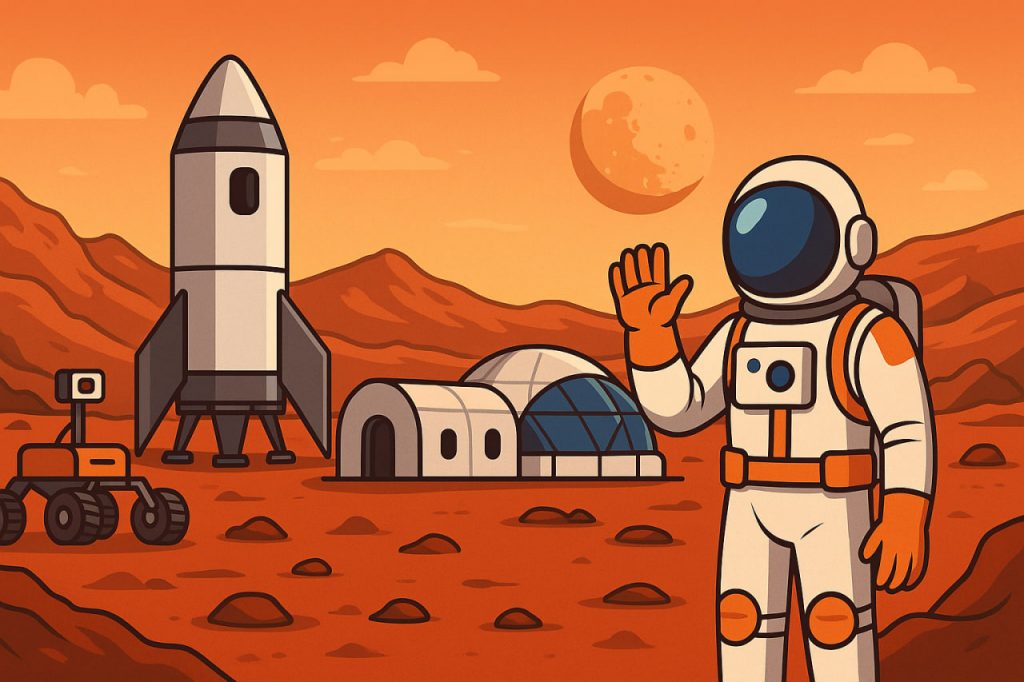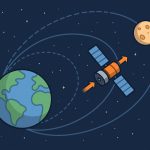The idea of humans living on Mars has fascinated scientists, engineers, and science fiction writers for decades. As Earth faces environmental and population challenges, some experts consider Mars a potential second home for humanity. But while space agencies like NASA and SpaceX plan future missions, many obstacles stand between us and permanent Martian settlement. Life on Mars may be possible, but it requires overcoming serious technological, biological, and logistical challenges.
Martian Environment
Mars is a cold, dry planet with an extremely thin atmosphere composed mostly of carbon dioxide. The average surface temperature is around -60°C (-80°F), and the atmospheric pressure is less than 1% of Earth’s. This means that humans cannot survive on the surface without pressurized suits and oxygen supplies. Additionally, Mars has no magnetic field or thick atmosphere to block harmful radiation from the Sun and cosmic rays, making long-term exposure a serious health risk.
Water is scarce on Mars, though scientists have discovered signs of frozen water beneath the surface and at the poles. Accessing and purifying this water would be crucial for any permanent colony.
Life Support and Habitats
For humans to live on Mars, we would need self-sustaining habitats that provide air, water, food, and protection. These shelters would need to be airtight, insulated, and capable of shielding inhabitants from radiation. Some concepts include:
- Inflatable modules covered with Martian soil for protection
- Underground bases built into lava tubes or craters
- 3D-printed structures using local materials
Oxygen could be generated using electrolysis from water or by splitting carbon dioxide through chemical processes like the MOXIE experiment (tested on NASA’s Perseverance rover). Energy would likely come from solar panels, though dust storms can reduce sunlight for weeks.
Food and Agriculture
Transporting food from Earth is not sustainable for long-term missions. Future colonists would need to grow their own food using hydroponics or aeroponics in controlled environments. However, Mars soil contains perchlorates, toxic chemicals that must be removed before it can support plant life.
Creating a stable agricultural system on Mars would require artificial lighting, recycled water, and waste reuse — essentially a closed-loop ecosystem.
Human Health and Psychology
Prolonged exposure to low gravity (38% of Earth’s) may lead to muscle loss, bone density reduction, and cardiovascular issues. Regular exercise, medications, or artificial gravity systems may help counter these effects.
Equally important are mental health and social dynamics. Mars colonists would face isolation, confinement, and long communication delays with Earth (up to 20 minutes one way). Teams must be trained not only in science and engineering but also in teamwork and stress management.
Can We Terraform Mars?
Some propose transforming Mars into a more Earth-like planet through terraforming—warming the planet and thickening its atmosphere. Ideas include releasing greenhouse gases, redirecting asteroids, or building orbital mirrors. However, these processes would take centuries or millennia, and current technology is not capable of achieving them.
More realistic is paraterraforming, where local habitats (like domes) are terraformed individually, creating livable bubbles rather than changing the entire planet.
Glossary
- Atmosphere – the layer of gases surrounding a planet
- Radiation – high-energy particles harmful to living organisms
- Electrolysis – using electricity to split molecules (e.g., water into hydrogen and oxygen)
- Hydroponics – growing plants in water without soil
- Perchlorates – toxic salts found in Martian soil
- Terraforming – modifying a planet’s environment to make it habitable for Earth life
- Paraterraforming – building enclosed environments suitable for life, without changing the planet itself


